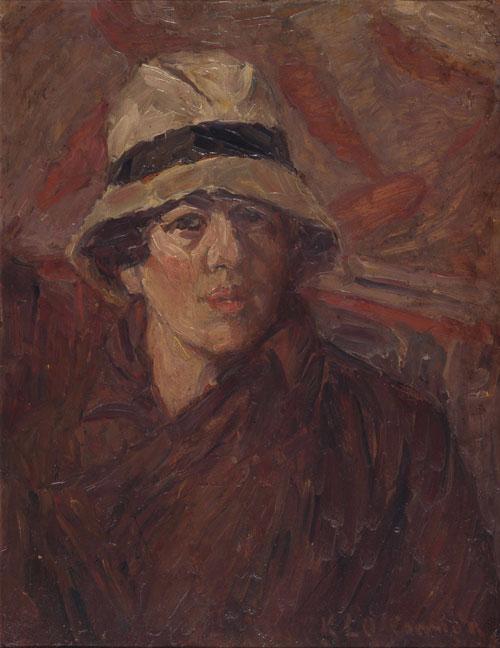Jenny Watson's right to look
Clement Greenberg, writing favourably on Anne Truitt’s work in a 1968 essay, accused her minimalist peers of having overtly “masculine” traits, claiming that artists such as Donald Judd repressed their latent “feminine sensibilities” in an effort to be seen as “aggressively far out.” This uncharacteristic reflection on the macho politics of art in the 1960s reveals a critic grappling with the times, writing at a moment when feminism, along with civil rights activism of a more general kind, were gaining mainstream recognition in the West. In Australia, Greenberg’s formalism had not yet become representative of the old guard, informing instead the National Gallery of Victoria’s The Field exhibition, which Terry Smith cites in his well‑known 1974 essay as a starting point for thinking about Australian art’s “provincialism problem.” A decade later and it would be expansionist rather than reductionist practices that registered the political and cultural upheavals of the late 1960s and 1970s in Australia. Formalist tendencies, even of the Susan Sontag variety, would morph into the expanded fields of sculpture and performance, as art became aligned with subcultural activities invested in the politics of representation.










